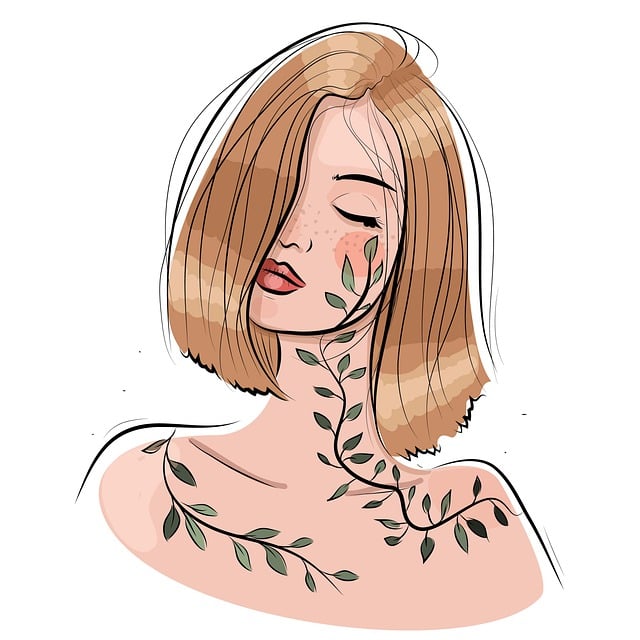Title:
Municipal Jury Trial Set to Overhaul Art Market Transparency
Rewritten Content:
In the coming weeks, Bouvier kept his associate, Rybolovlev, updated on ongoing talks that were ultimately concluded as unsuccessful by Judge Furman. Bouvier relayed that offers of $90 million, $100 million, $120 million and $125 million were declined before eventually settling on $127.5 million. On May 2, 2013, Bouvier personally purchased the “Mundi” through Sotheby’s utilizing both a painting and cash with an estimated value of $83 million. He then sold the artwork to Rybolovlev for the agreed upon $127.5 million.
Early 2015, when Rybolovlev’s doubt started to arise, Bouvier requested a new valuation from Sotheby’s. Valette proceeded to initiate the request with a colleague at the auction house, suggesting a $125 million evaluation, however the colleague was hesitant. Valette adjusted the request to value the painting at 100 million euros, which is roughly $114 million, Judge Furman noted, and requested the cover letter be edited to delete any mention of Bouvier’s original purchase. Notwithstanding the gossip of the situation, the Judge dismissed the valuation as evidence of Sotheby’s involvement with fraud.
The “Mundi” was eventually sold to a Saudi prince for a record breaking $450 million, at Christie’s. Experts claim the upcoming jury trial will generate positive improvement in terms of transparency within the art sector. Leila A. Amineddoleh, art and cultural heritage lawyer, based her statement on the fact that buyers are commonly unaware of the extent of money exchanged in transactions. She believes the case will aid in detailing the obligations and duties toward clients due from both dealers and auction houses.

